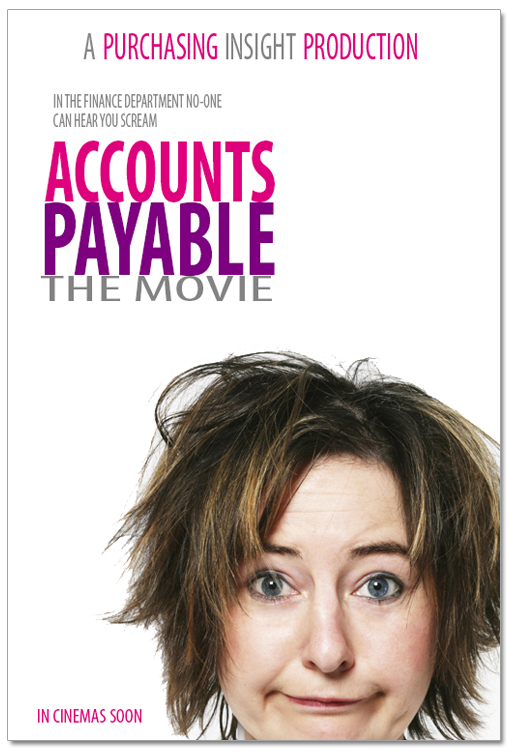28 Jul No PO No Pay – getting the balance right
Posted at 14:50h
in Procurement Best Practices, Procurement Process, Purchase to Pay, Purchase to Pay Process
No PO No Pay is often thought of a means to "train" suppliers providing them with a somewhat negative incentive to comply with their customer's purchase to pay processes. "No PO No Pay No Exceptions" - I've said it myself - but in practice not only does it not work, it's directing effort in the wrong direction.


